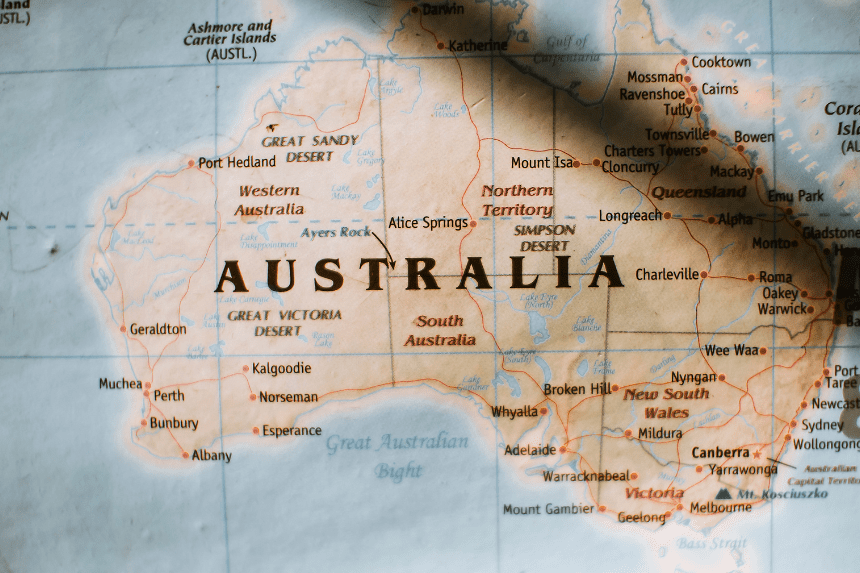According to a crucial new national climate assessment, by 2050, almost 1.5 million Australians who live along the coast may be at serious risk from climate change. According to the paper, there will be more extreme weather occurrences in the future, such as floods and bushfires occurring more frequently, high heatwaves, and rising sea levels.
Australia has already risen more than 1.5°C, and researchers caution that the effects could get worse with each degree. If nothing is done, the report also projects that there will be strain on vital infrastructure, ecological harm, and financial losses.
The results emphasize how urgent it is for all governmental levels to implement mitigation and adaptation plans.
Who is most at risk from the effects of climate change?
The assessment indicates that coastal communities are most exposed, particularly those in isolated and northern locales. By the middle of the century, more than 1.5 million people would be residing in high-risk areas if current population levels stay the same.
Sea level rise is especially dangerous for communities in low-lying coastal areas and outside metropolitan suburbs. Indigenous populations and those with less access to emergency services and medical treatment may also experience more hardship. Here is the link to our article on Climate Policy Debate.
Which climate threats are present in Australia?
Heatwaves, droughts, bushfires, severe storms, and floods are among the several compounding threats mentioned in the report. In cities like Sydney and Melbourne, it forecasts a dramatic rise in heat-related fatalities. In fact, the number of heat-related deaths in Sydney might increase 400% by 3°C warming.
In addition, flooding and bushfires will harm public infrastructure, endanger biodiversity, and lower water quality. Long-term recovery issues and increased emergency response expenses could result from the cumulative consequences.
What are the effects on the economy?
Due to recurrent weather-related disasters, Australia may suffer economic harm totaling A$611 billion in lost property value alone. The expenses of reconstruction after disasters will keep rising, insurance prices may skyrocket, and agricultural production may fall.
The risk posed by climate change extends beyond the environment; it also has an impact on national security, financial markets, urban development, and health systems. Particularly at risk are vital sectors like agriculture, tourism, and fishing. Here is the link to our article on Climate Reveals Body.
What steps are suggested?
The report emphasizes the need for swift and consistent action. It suggests improving early warning systems, investing in resilient infrastructure, and fortifying frameworks for climate adaptation.
Emissions reduction is still essential to preventing further harm. The evaluation makes it abundantly evident that the costs of proactive planning and policy reform will greatly exceed the costs of inaction.
Communities, businesses, and governments must work together to lower risks and get ready for disruptions brought on by climate change.
Final Thoughts
The increasing risk of climate change in Australia is not a far-fetched possibility. The problems, which range from heat waves to wildfires, are already apparent and getting worse. The time to take action is now, since it is anticipated that by 2050, more than 1.5 million people will reside in high-risk coastal locations. To protect future generations from the growing effects of climate change risk, policymakers must place a high priority on sustainable development, community resilience, and ambitious climate initiatives.








